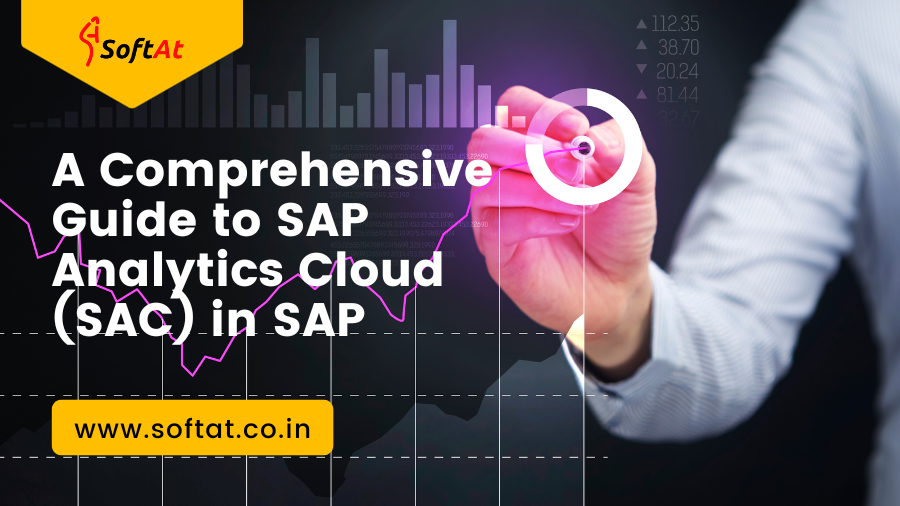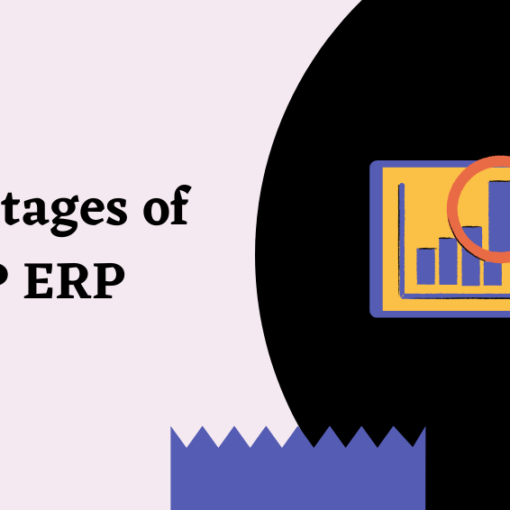Introduction: In the ever-evolving landscape of business intelligence, SAP Analytics Cloud (SAC) emerges as a transformative force, reshaping the way organizations harness the power of data. In this blog, we’ll take a deep dive into SAC, exploring its key features, functionalities, and the impact it has on driving intelligent decision-making within the SAP ecosystem.
Understanding SAP Analytics Cloud (SAC): SAP Analytics Cloud is a cloud-based analytics platform that seamlessly integrates business intelligence, augmented analytics, and enterprise planning capabilities. Positioned as a key player in SAP’s portfolio, SAC empowers organizations to uncover valuable insights from their data, fostering a data-driven culture across various business functions.
Key Features and Functionalities:
- Business Intelligence (BI): SAP Analytics Cloud facilitates the creation of dynamic dashboards and reports, providing a visually compelling representation of key performance indicators (KPIs) and business metrics. Users can customize these visualizations to suit their specific needs.
- Augmented Analytics: Leveraging machine learning and artificial intelligence, SAC introduces augmented analytics to assist users in data exploration, pattern recognition, and the automatic generation of insights. This empowers users to derive meaningful conclusions from their data more efficiently.
- Planning and Budgeting: SAP Analytics Cloud goes beyond traditional BI by offering robust planning, budgeting, and forecasting capabilities. Teams can collaboratively create, adjust, and align their plans in real-time, fostering agility in response to changing business conditions.
- Predictive Analytics: The platform includes predictive analytics tools, enabling organizations to forecast trends and outcomes based on historical data. This proactive approach allows businesses to anticipate future developments and make well-informed decisions.
- Data Connectivity: SAC seamlessly connects with various data sources, both within the SAP landscape and external systems. This flexibility ensures that users can consolidate and analyze data from diverse sources, providing a holistic view of their business.
- Collaboration: SAC promotes collaboration by allowing users to share insights, comments, and annotations within the platform. This collaborative environment enhances communication among team members, fostering a culture of shared understanding and informed decision-making.
- Mobile Accessibility: Recognizing the importance of mobility, SAC is accessible through web browsers and mobile devices. This ensures that users can access critical analytics and reports on-the-go, empowering them with insights wherever they are.
SAP BTP: Decoding the Business Technology Platform
Conclusion: In the era of digital transformation, SAP Analytics Cloud stands as a cornerstone in SAP’s vision of an intelligent enterprise. By seamlessly integrating BI, augmented analytics, and planning capabilities in a unified cloud-based platform, SAC empowers organizations to not only analyze historical data but also predict future trends and drive collaborative decision-making. As businesses continue their journey towards data-driven excellence, SAP Analytics Cloud emerges as a pivotal solution, unlocking the full potential of data for organizations worldwide.





